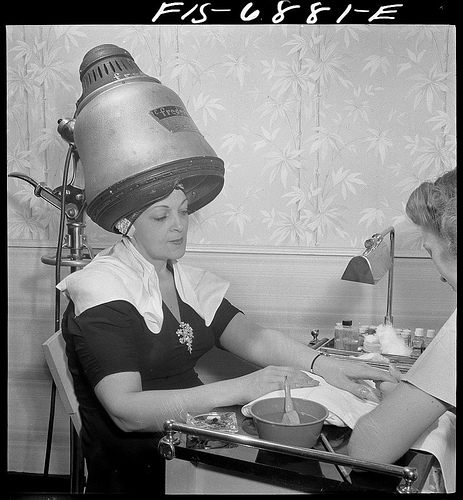 Council magazines and newspapers - A great channel or produced out of habit? A lunchtime Twitter Chat on the subject, teed up by this original post, attracted 84 comms colleagues to chip in with over 400 tweets rich with thoughts, ideas and learning.
Council magazines and newspapers - A great channel or produced out of habit? A lunchtime Twitter Chat on the subject, teed up by this original post, attracted 84 comms colleagues to chip in with over 400 tweets rich with thoughts, ideas and learning.
There were plenty of views expressed during the ‘Twitter Chat’ I co-hosted with comms2point0 on 14 October. Whichever side people came down on one thing was clear - they care about communicating effectively with residents.
Here’s what I took away:
If the majority of people are online, why are we still printing magazines?
Ninety per cent of adults have access to an email address and 60% own a smartphone. While I don’t 100% agree that council magazines “service three groups 1. comms staff who think it's still 1997 2. people who refuse to 'do the internet’, and 3. older councillors” I think there is a kernel of truth there.
Many stated that printed magazines still serve the older, lower-income and less IT literate sections of the population - and they aren’t solely in rural areas with dodgy broadband. Hackney Council’s statement about why they still print: “there are still many people in Hackney who do not have regular Internet access. Those tend to be the people who need our services most.” is probably true in many areas.
Do residents want or need council magazines?
The feeling was that this probably varies in each council area. Dependent on demographics, type of council, area-specific issues, internet availability and literacy and which services are important to residents. The message? Know your area, know your residents.
Contributors with experience of cutting magazines said that there were no resident complaints once the axe fell. Opt in, opt out was mentioned, but the cost of targeted mailings is estimated to be two to three times as much as blanket deliveries.
Can we justify spending money on magazine when budgets are tight?
Some say no, others advocate cutting costs. Advertising helped one issue of a South-West council magazine come in at one pence per copy, while moving to a newspaper format cut costs and production time for another authority.
Joining forces with other public sector partners to share costs are on the table for many, and being able to demonstrate value for money will become ever more crucial.
Looking wider, it was highlighted that return on investment should be the driver behind council magazines rather saving money, and that council magazines “have not died for good comms reasons but because of hard cash and even harder Pickles”.
There was also the question of which you could stand to lose, the council magazine or an officer who can make the most of other available channels. Not clear cut for everyone.
What are the issues with council magazines as channel?
Lots. From being unsolicited to attempting to be all things to all people. Hard to evaluate once it goes through the letterbox (if it goes through it) and having to hope colleagues will ask how users heard about the service they’re accessing.
Not all council magazines are created equal. Some are better written, others may be rehashed news releases or old information. Add in that distribution methods vary in quality and that councils have area-specific issues to tackle - in no way are council periodicals a homogenous mass.
People really hate naff stock shots too. Put them down. Now.
How could council magazines be improved?
The ‘E’ word loomed large, but evaluation needs to be meaningful and acted upon - focusing on what residents would find useful and interesting. You also need to have the guts to make changes. Key advice was offered in this tweet.
Adding extra digital content was floated. While many councils still just upload a PDF of their print file online, a few examples of councils I’ve found doing more are:
Camden Council are adding video links to their page turner edition.
Surrey County Council has an additional branded microsite, e-newsletter and Twitter feed.
Redbridge Council has launched digital magazine app, which for iPad users includes audio, video slideshows and more.
What does the future hold?
As always in local government: Change.
Whether that’s to a wholly digital offer, area-wide shared public sector channels, a multi-channel mix where print slowly fades or to something else entirely. Let’s come back in a few years and see.
Kelly Quigley-Hicks is a local government communicator
image via Flickr creative commons
